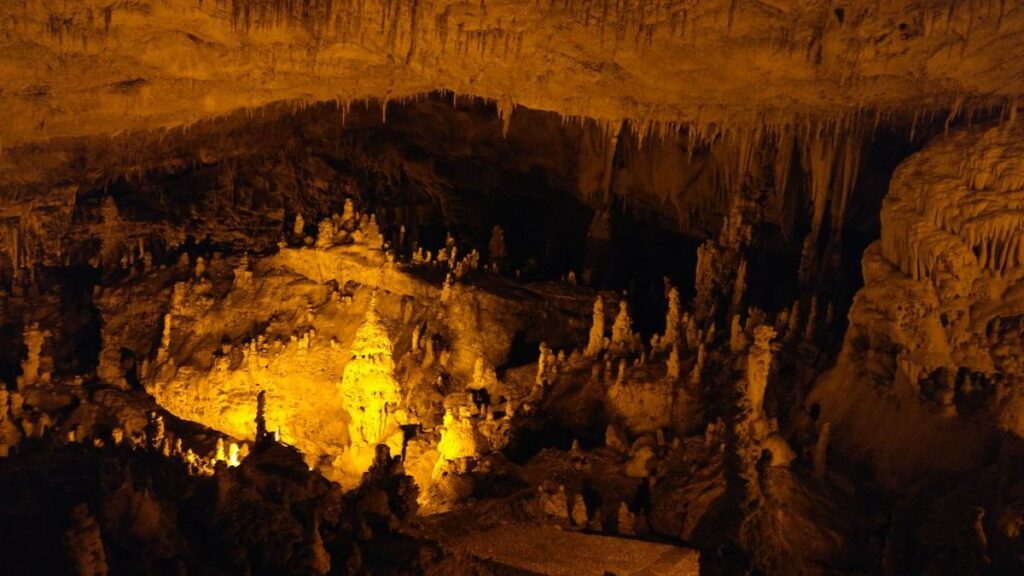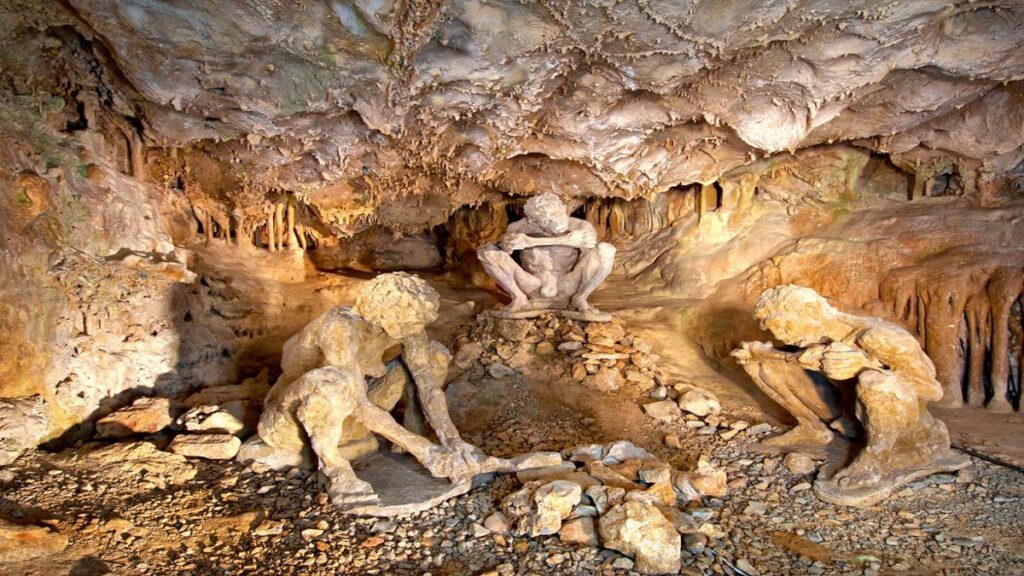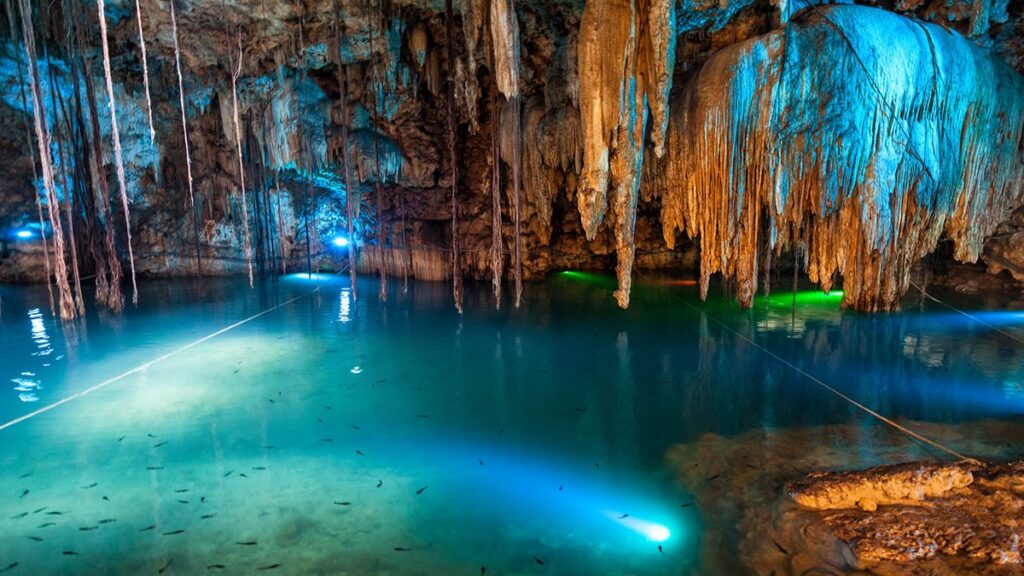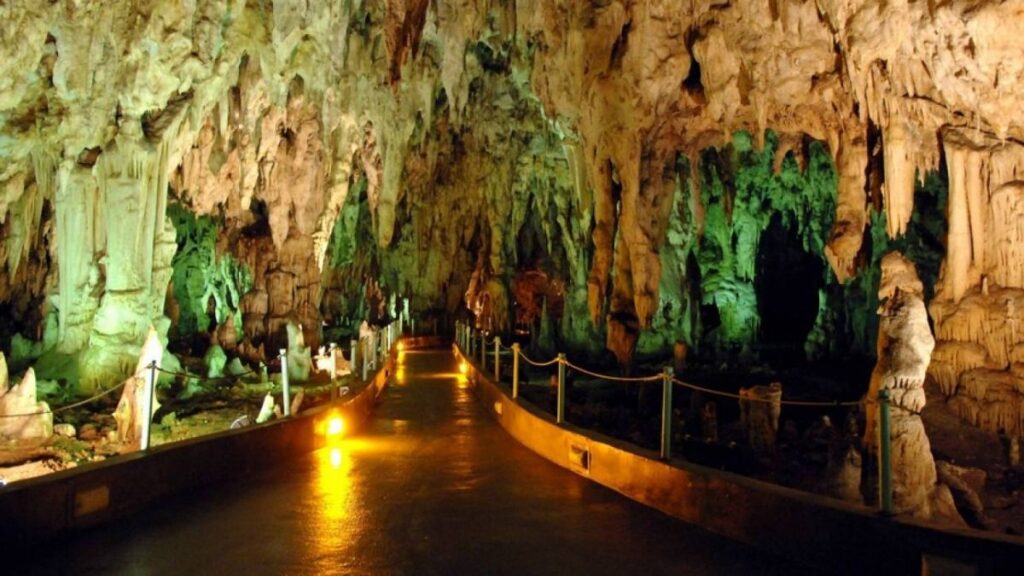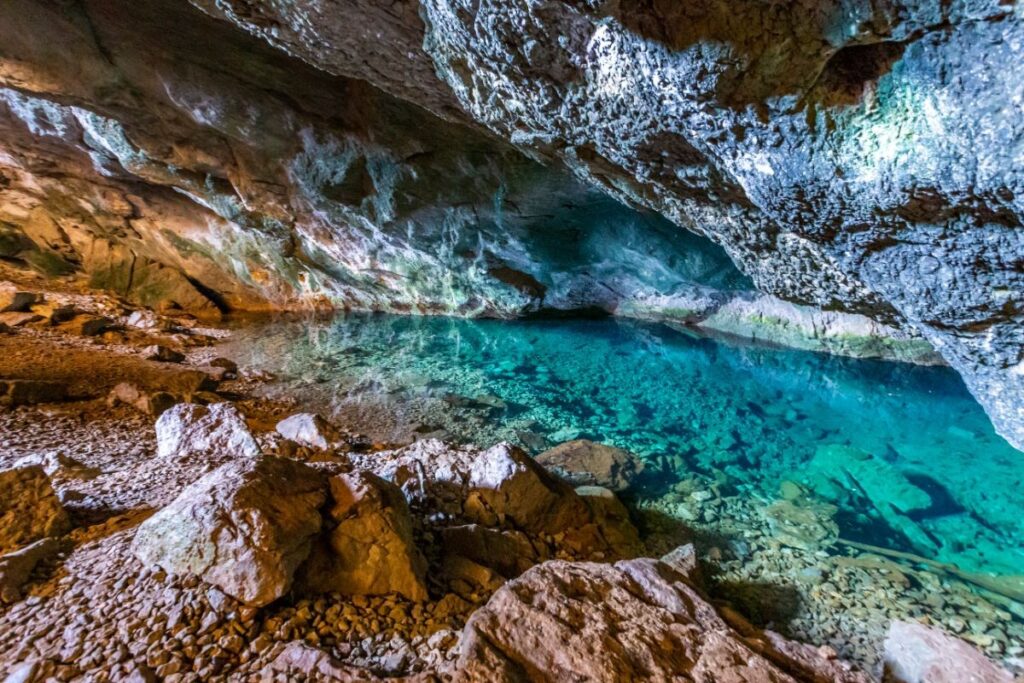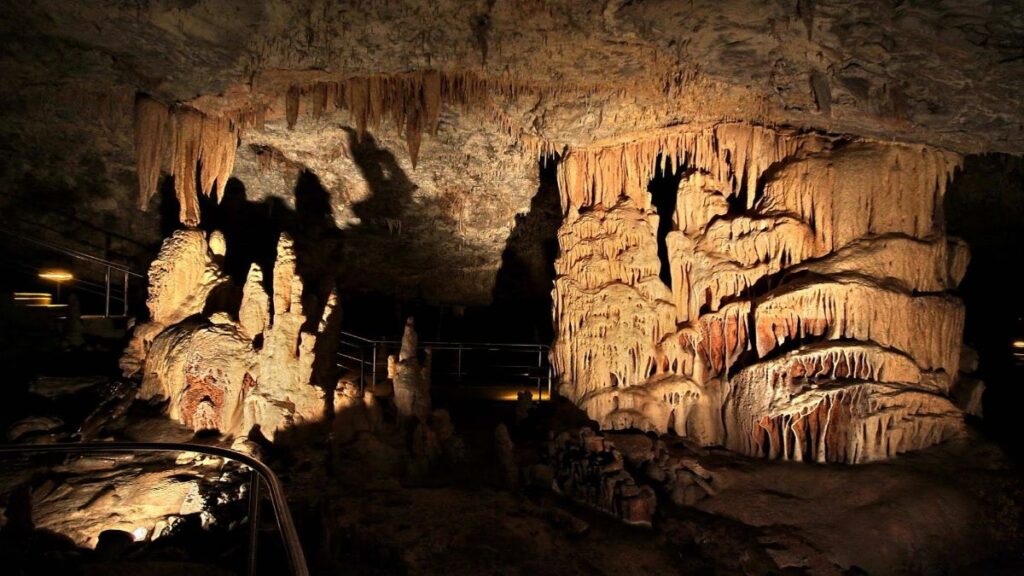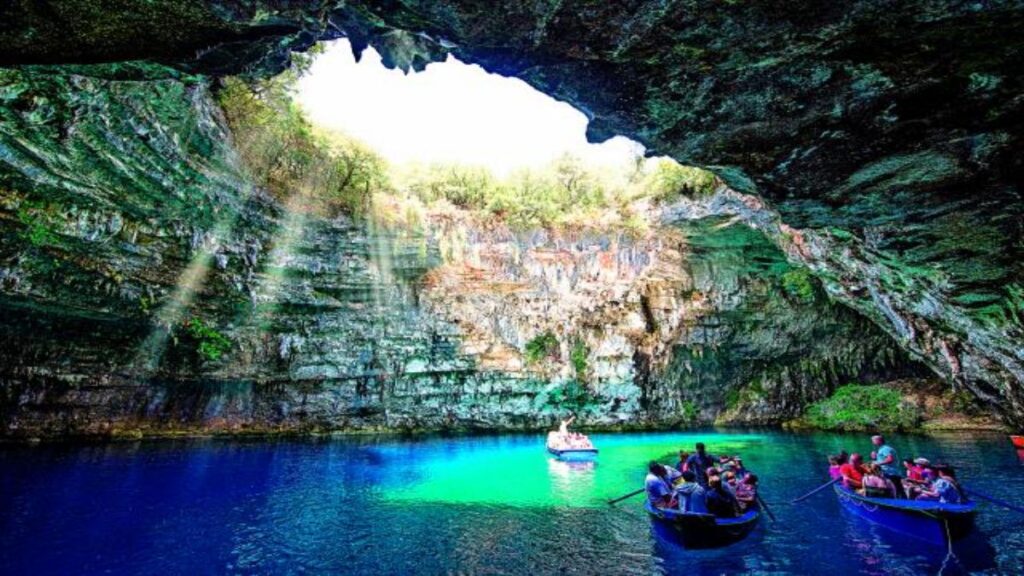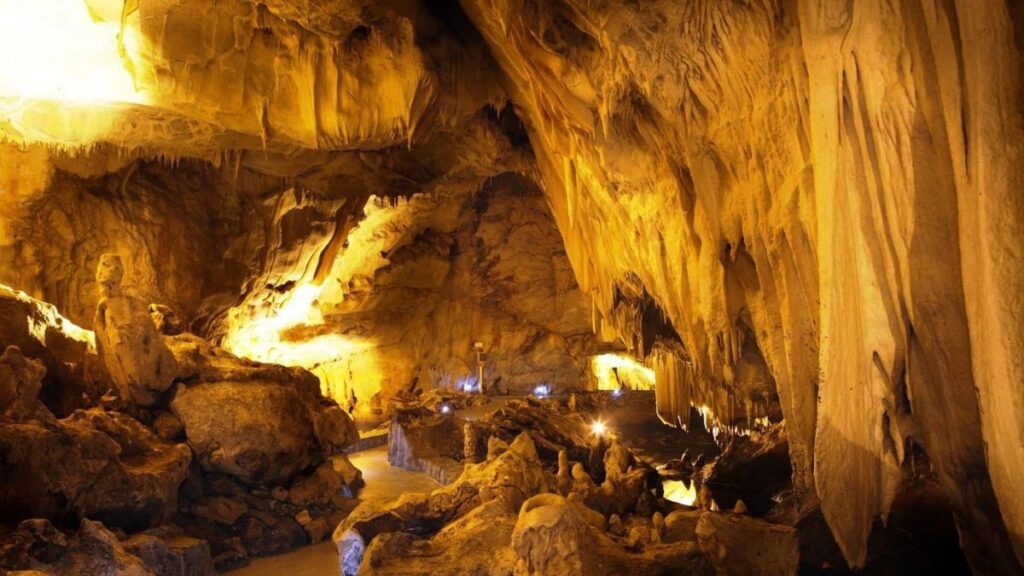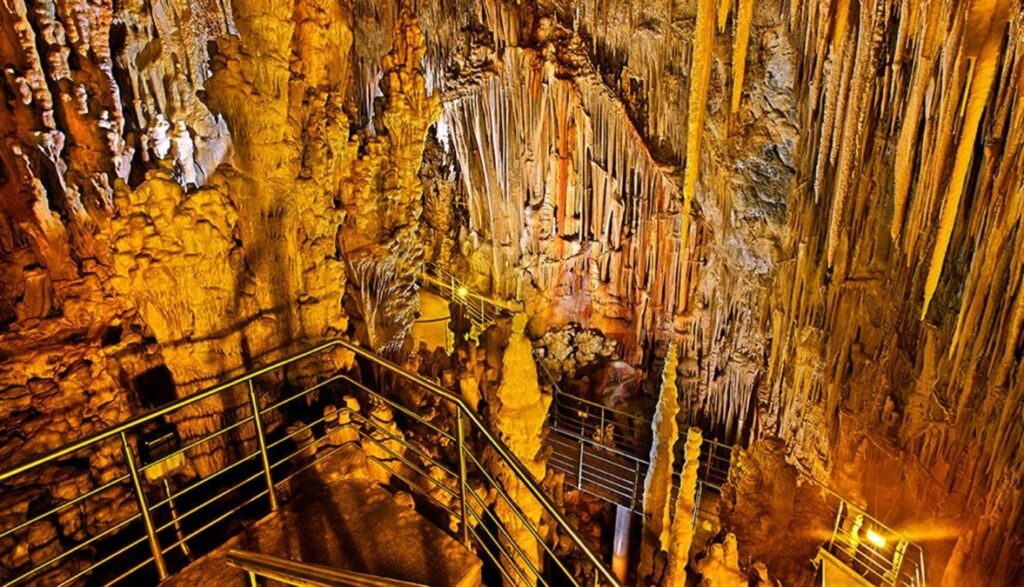The Greek mainland and many Greek islands are full of beautiful and extraordinary caves, some of which can be found underwater, hidden below ground, under the ground level or carved inside mountains.
According to reports by the Geological Society of Greece, there are more than 8,500 caves scattered all throughout Greece, and most of them were actually discovered accidentally by local people.
Over the last century, major geological processes have explored the innards of the Greek earth, discovering majestic caves that have been created by the finest artist there is: nature.
Filled with charm and mystery, caves invite us to explore them, but their importance is also significant for the study of geology and the better understanding of the earth.
Here are the most beautiful and mysterious Greek caves, which have been recognised worldwide for their geological importance.
Drogarati Cave (Σπήλαιο της Δρογκαράτης)
The Drogarati Cave is located on the island of Kefalonia, and has been referred to by geologists as a “miracle of nature”, estimated to be 150 million years old.
It was discovered just 300 years ago, when a strong earthquake on the island caused an opening on one side of the cave, revealing its entrance.
Within the cave, visitors are able to admire translucent stalactites, a natural amphitheatre with a 20-metre-high vaulted ceiling, as well as colourful rocks that take various forms and shapes.
 Limnon Cave (Σπήλαιο Λιμνών)
Limnon Cave (Σπήλαιο Λιμνών)
The Limnon Cave is located near the village of Kastria in Achaia, within the mountain range of Helmos, at an altitude of about 800 metres.
Two kilmetres in length, the Limnnon Cave is full of mysterious arcades, labyrinthine corridors and unique rock formations.
Moreover, geologists have found in this cave something that does not exist in any other known cave: thirteen consecutive stepped lakes on three different levels within the mountain, which visitors can actually see thanks to the bridges and staircases that have been built inside the cave.
Perama Cave (Σπήλαιο Περάματος)
Perama Cave is one of the most famous caves in Greece, and was discovered by accident in 1940, by local residents of the city of Ioannina.
The cave has a large limestone basement of 14,800m2, consisting of many consecutive rooms and corridors decorated with over 19 different species of stalactites, stalagmites and other speleological finds, which all together look like an open-air sculpture museum.
Also, in 1956 fossilised teeth and bones of a rare species of bear - the cave bear - were found for the very first time within the cave.
Petralona Cave (Σπήλαιο των Πετραλώνων)
Petralona Cave is considered by geologists one of the most impressive caves in Europe.
The findings that have been discovered inside it reveal that the cave has been inhabited since the Palaeolithic era.
Among the bones discovered, the skull of the “Ancient Man” stands out, which according to the prevailing theory, is estimated to be 700,000 years old – making that man the most ancient European.
Diros Cave (Σπήλαιο Διρού)
Diros Cave is located on the west coast of the Laconia peninsula and is considered one of the most beautiful caves in the world and the most famous cave in Greece.
The actual 'birth' of the cave is estimated to have taken place hundreds of thousands of years ago, but which phenomenon caused its creation is still unknown.
Its existence, however, has been known since 1900, but the cave was not fully explored until 1949, mainly because of its huge length, which exceeds the 15 kilometers.
The first underwater exploration took place in 1970 and divers found that the depth of the cave reaches a point of up to 100 meters.
Today, visitors are able to tour the cave with boats and guides, gaining an awe-inspiring and unforgettable experience.
Orpheus Cave (Σπήλαιο Ορφέα)
The Orpheus Cave is a place of incomparable natural beauty, which was discovered in 1976 by Austrian scientists who explored the area.
Inside the cave, the slow but invincible power of water has carved 45,000-year-old stalagmites into stunning formations.
Geologists have stated that the Orpheus Cave is a “chest” that protects important secrets of the human history.
Numerous findings have been found inside the cave that reveal that people lived there even 9,000 years ago.
It is also believed that the cave was once used as a place of seasonal settlement or for storage.
Fraghthi Cave (Σπήλαιο Φράγχθι)
The Fraghthi Cave, located in the Peloponnese, is one of the most important prehistoric sites in Greece, and one of the most important caves in Europe and the Eastern Mediterranean.
It was probably first inhabited by the Neanderthal Man, around 40,000 years BC, and then by the Homo Sapiens, after 30,000 BC.
To date, multiple excavations have taken place within the cave, and there are indications that the cave was continuously inhabited for 250 centuries, but at some point, it was demolished or destroyed by people or natural phenomena.
Kapsia Cave (Σπήλαιο Κάψια)
The Kapsia Cave is located in the prefecture of Arcadia, in the closed basin of the Mantinean plateau, and is considered by experts as one of the 10 most remarkable caves in Greece.
It was first excavated by French archaeologist, Gustave Fouzer, in 1887, and although 6,500 m2 have been fully explored so far, it is believed that the cave is much larger.
One of the most famous rooms within the cave is the “Hall of Wonders”, where visitors can enjoy the rarest colours of stone material out of all the Greek caves, and incredible shapes and rock formations, many of which look like fossilised humans and animals.
Melissani Lake Cave (Λιμνοσπήλαιο της Μελισσάνης)
The Melissani Lake Cave in the island of Kefalonia has been named by TripAdvisor’s fans as one of the 5 most impressive lakes in the world.
Colourful stalactites with bizarre shapes adorn the largest part of the cave, which is filled with water, that depending on the direction of the sun light, changes to various shades of blue and green.
During the excavations of 1962, several oil scrolls, plates and figures depicting the God Pan were discovered.
Historians believe that the Melissani Cave took its name in Ancient Greece, because it was the exact point where one of Pan’s brides, Melissanthi, drowned after being rejected by him.
Dragon Cave (Σπήλαιο του Δράκου)
The Dragon Cave in Kastoria took its name hundreds of years ago from the local people who found it by accident, and it has since become one of the most visited caves in the country.
Inside it, there are large land and lake sections.
Specifically, the cave has 7 underground lakes, 10 separate rooms, 5 long corridors and tunnels, all of which are 'decorated' with haunting stalactites and stalagmites that make it seem like a mythical beast once inhibited the cave.
Antiparos Cave (Σπήλαιο της Αντίπαρου)
The Antiparos Cave is considered one of the most beautiful and most important caves in the world, with immense archaeological significance and findings that date back to the Stone Age.
The cave is located on the island of Antiparos, 85 metres under the ground, and is the home to the oldest stalactite in Europe, which is estimated to be 45 million years old.
Tourists can also see numerous inscriptions on the cave walls, dating back to the Neolithic era.
Moreover, according to historians, some famous figures that visited the cave were Alexander the Great and King Otto.
Kastania Cave (Σπήλαιο της Καστανιάς)
In the Kastania Cave, visitors can descend into the bowels of the earth and face this 3-million-year-old creation of nature.
The cave has a plethora of stalactites and stalagmites of different shapes and colours, which make it the second most variform cave in Europe, with the largest variety of rocks.
All photos from Travel Style.

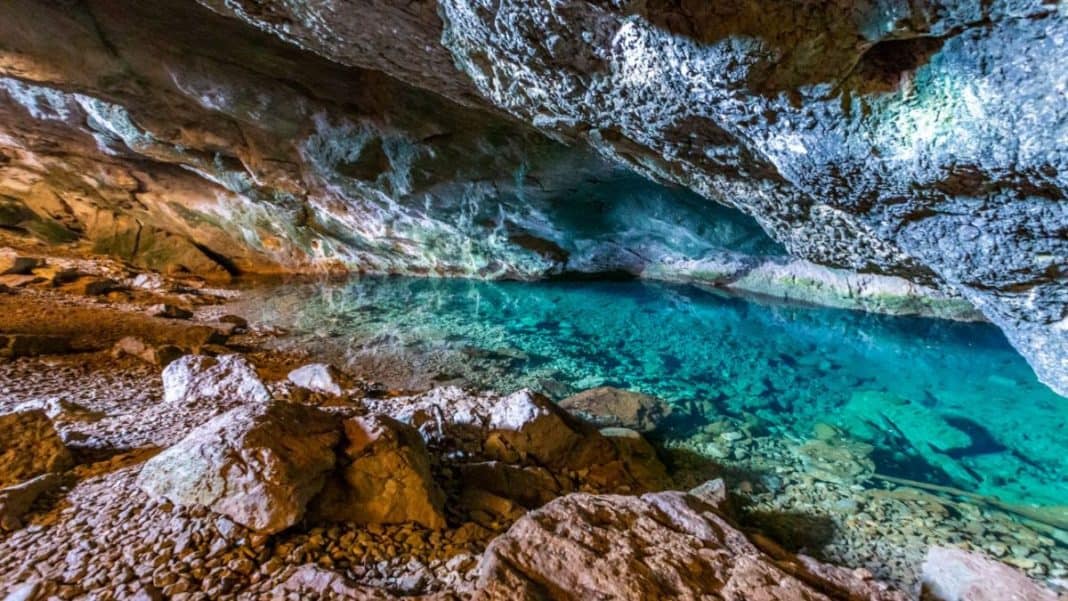
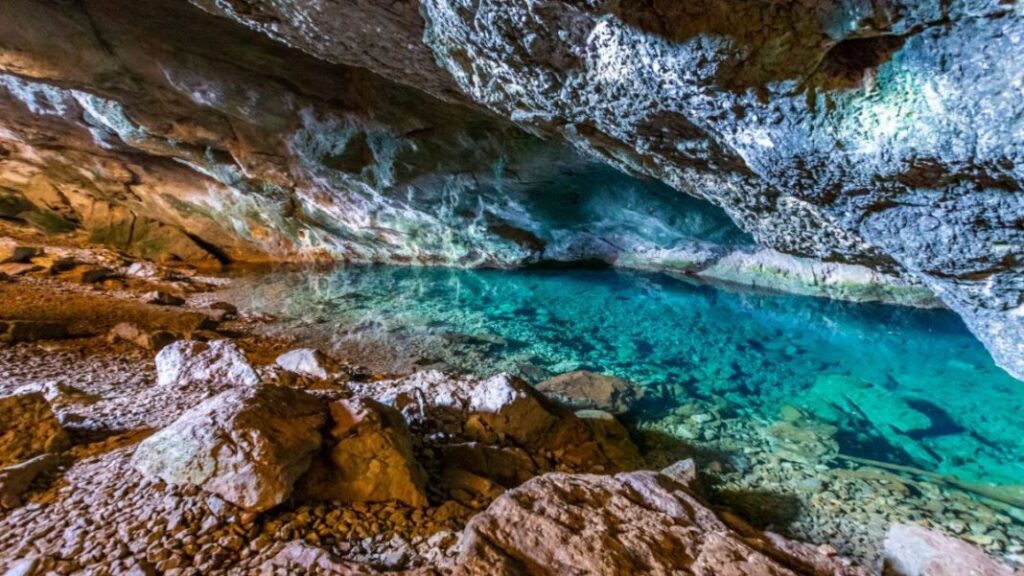
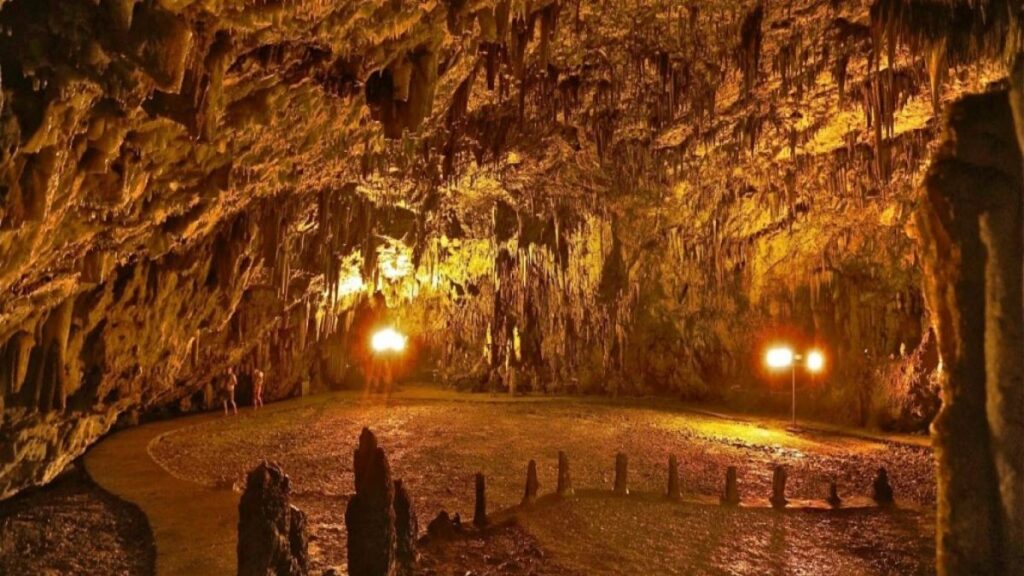 Limnon Cave (Σπήλαιο Λιμνών)
Limnon Cave (Σπήλαιο Λιμνών)
